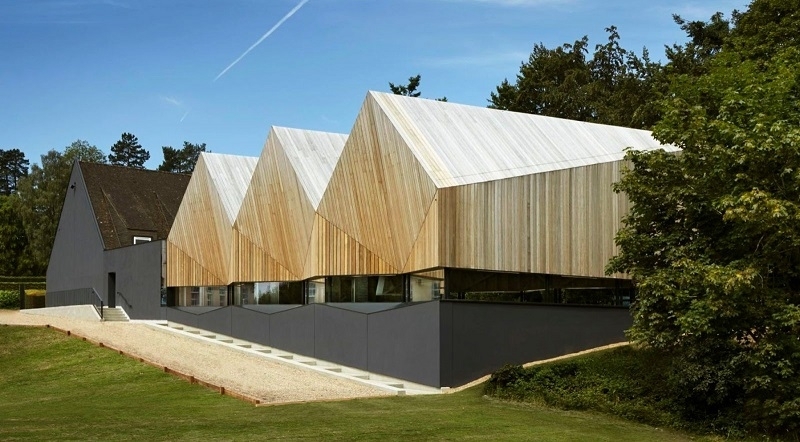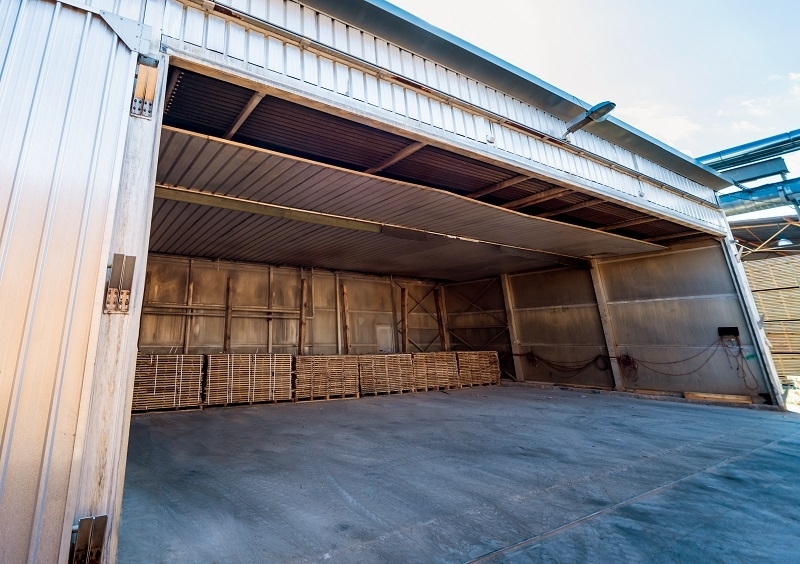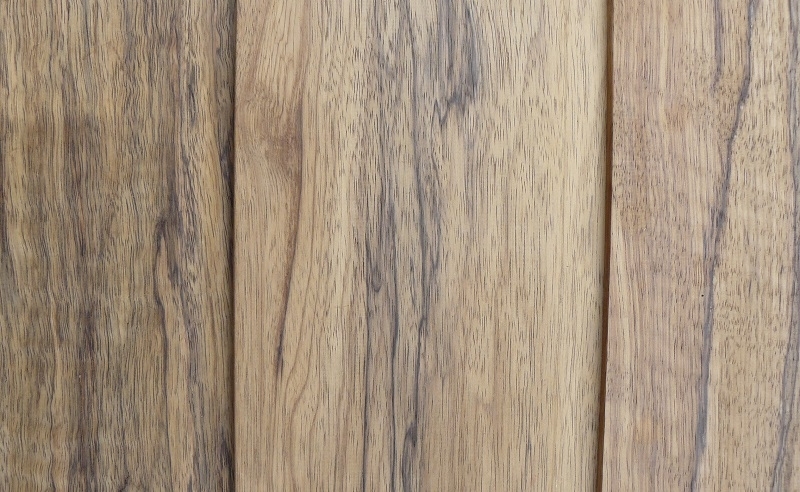Our guide to Thermowood
Published: 10/09/20 By: Mike Bekin
Heat has long been used to improve and enhance the natural properties of wood. In ancient times, tribes in Africa heat-treated their spears on the fire in order to harden them, while the Vikings would burn the outside of their ships to make them fire retardant and water resistant.
As @AccessScience explains, “In the early part of the twentieth century, it was found that drying wood at high temperature increased dimensional stability (resistance to swelling and shrinkage) and reduced hygroscopicity (ability to take up and retain moisture).”
Thermo modified wood is a modern take on these ancient techniques. Beautiful, sustainable and offering a range of benefits over untreated timber, Thermo treated wood is a popular choice for a wide range of wooden construction projects, especially decking and cladding. Here, we take a closer look at this innovative material.

What is Thermowood®?
Thermo modified wood is made by heating a range of timber species, including Frake, Ash, Pine, and Spruce, to temperatures of 180? – 230° in specially designed kilns. The wood is kept at this temperature for up to 72 hours. The Finnish Thermowood association has its own patented process, with clearly defined steps, which we source from, but we also source similar products in a greater range of species with comparable from several other mills. In this article we're using the terms interchangeably – but can of course deliver you with registered Thermowood® to match your specifier's demands.
Steam is used to protect the wood and prevent splitting and damage to the timber. The heat treatment causes a number of chemical and structural changes in the wood – enhancing its qualities.
Key benefits of Thermo woods
– Stability
One of the most important advantages Thermo wood has over other types of untreated timber is that it’s very stable. The intensive heat used during the treatment process dries the wood out deep into its core. This removes all moisture and resin from the timber.
When Thermowood® is installed on site, it won’t swell, crack, or shrink as much as untreated timber. It also won’t secrete sap, even in extreme temperatures.
This stability is a very important quality for many people using heat treated timber, including designers looking for long straight lines.
– Longevity
Heat treating wood in this way helps to extend the lifespan of the timber. The atmospheric and environmental conditions the wood is exposed to will still play an important role in determining how long the timber will last.
However, thermodified timber still has a longer average lifespan compared to standard wood as some of the natural sugars have been eliminated thus increasing its resistance to rot and fungi. This is a major advantage for those who want their construction projects to last as long as possible.
At the end of its life, chemical-free heat treated wood can simply be discarded or recycled – an added benefit over chemically treated wood.
Industrial timber kiln:

– Insulation
When wood is heated to a high temperature, it loses water and becomes more porous. This can have a big impact on its powers of insulation and means heat treated wood is much better at insulating buildings compared to non-treated timber.
– Sustainably sourced
Thermo modified woods are sourced from well-managed, FSC and PEFC-certified forests. No chemicals are used during its production and the trees it’s made from contribute to improving air quality in the local environment as they grow.
Find out more about Thermo woods, and the benefits of heat treated timber by exploring our site or getting in touch with a member of our team.
Kiln Photo by Roman Zaiets / Shutterstock.com
Tags: ThermoWood
Categories: Insights
